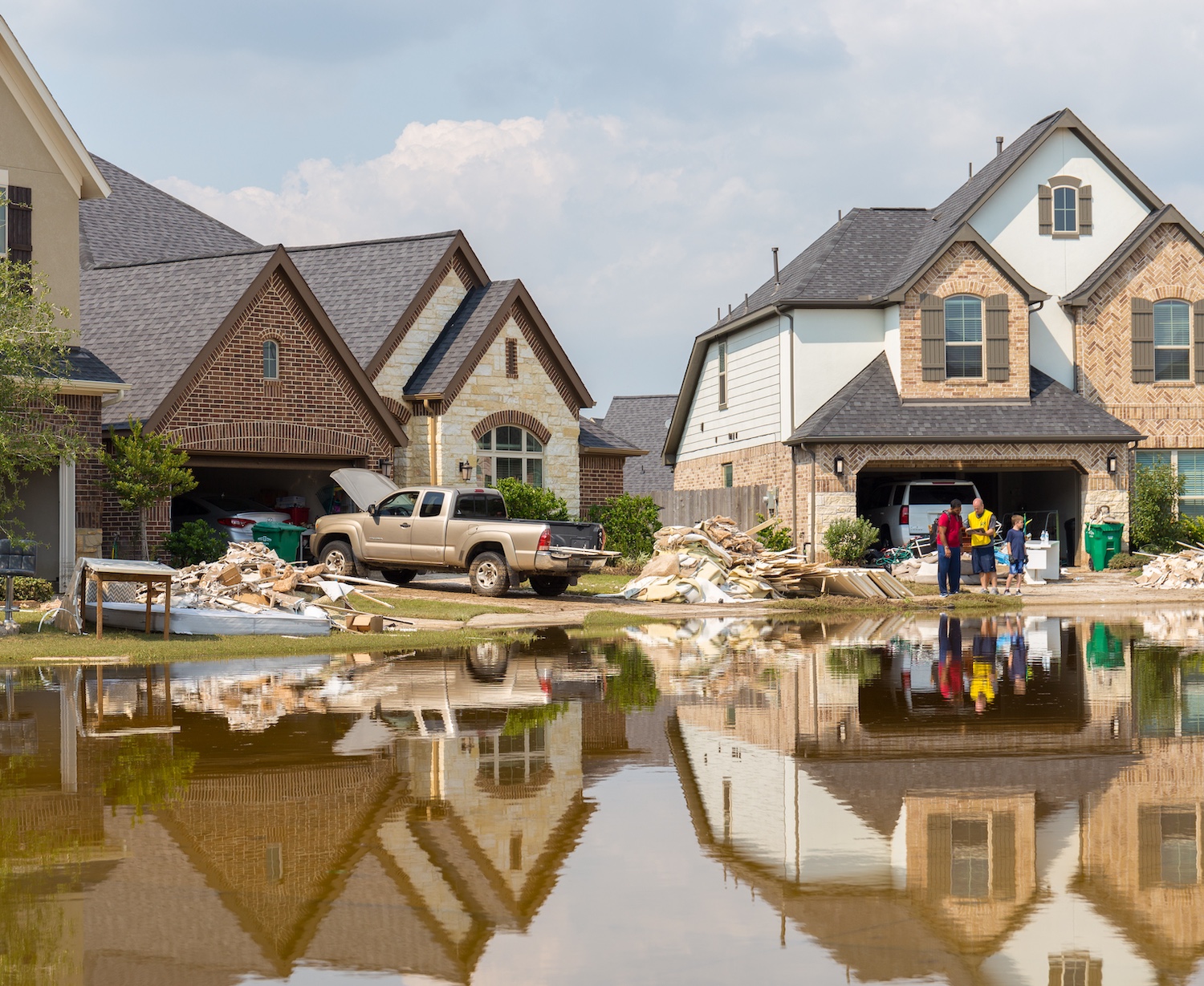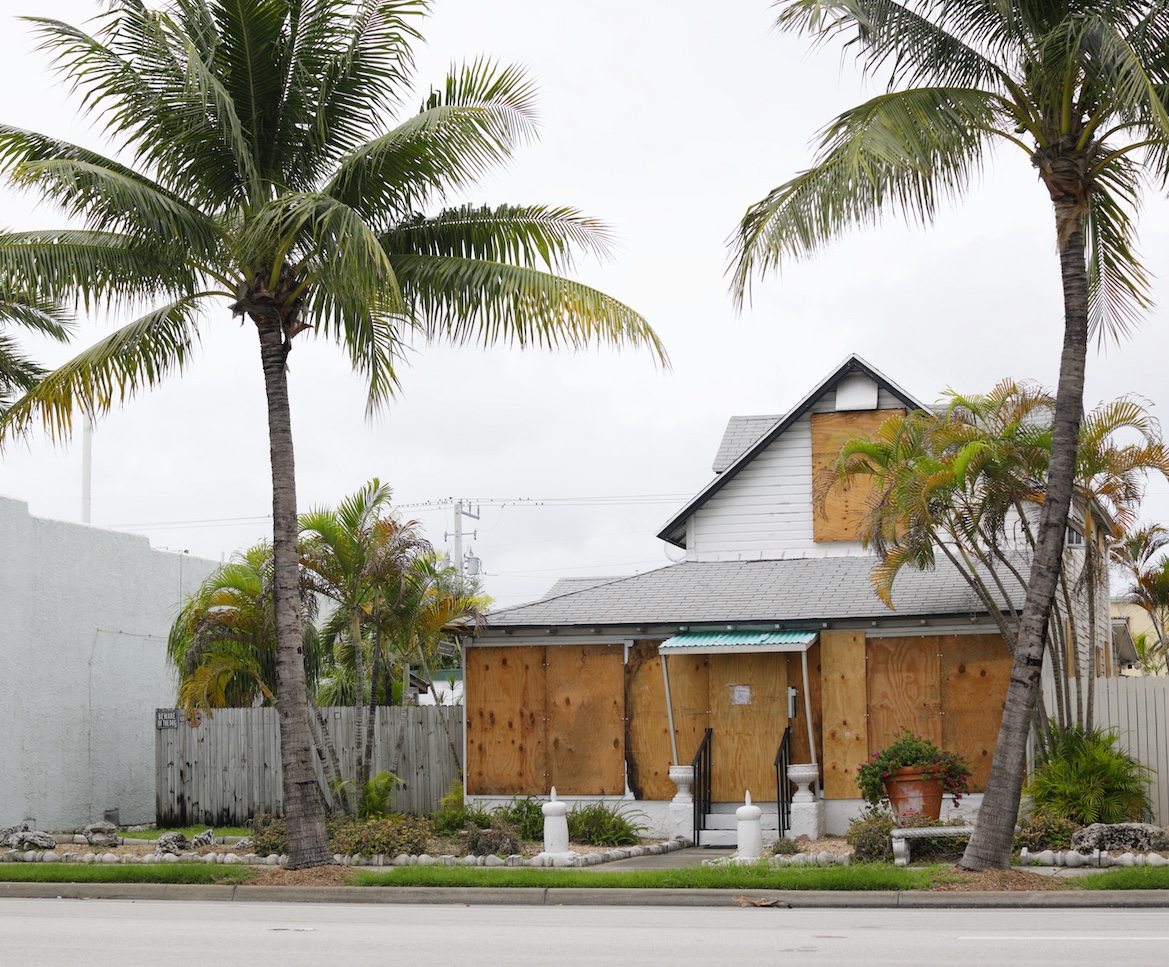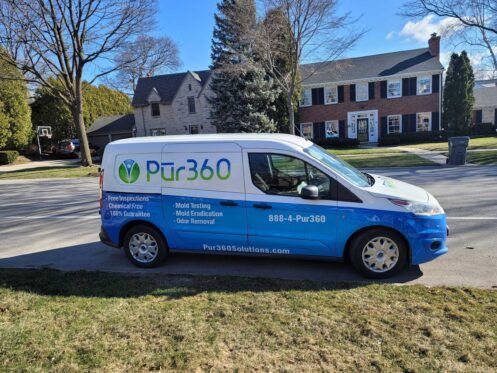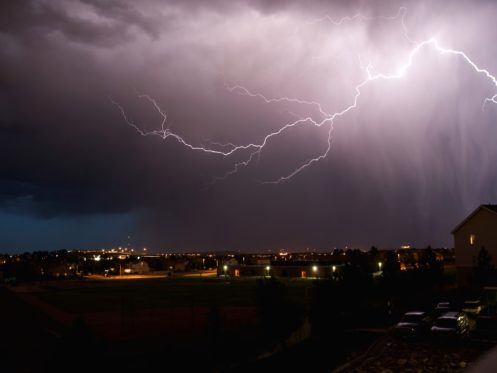While there are times when flooding is more common, residents can experience flooding at any time during the year. Whether storm drains clog or high winds cause leaks to develop, the presence of water in your home has the potential to cause damage to furniture and other materials. When flooding conditions are expected in your area, there are steps you can take to prepare your house for a flood.
Have an Evacuation Plan
In the event that you move into a home where flooding is common, you should have an evacuation plan for situations where extensive flooding is expected. Map out an evacuation route that will allow you to reach your intended destination, which could be the house of a friend or relative. Alternate routes should also be planned if some roads are blocked because of flooding.
If you have a weather radio, you should know what the emergency stations are for the National Weather Service as well as the Federal Emergency Management Agency (FEMA). You might also want to consider performing evacuation drills alongside your family if ever the warning of a flood is given at short notice. If you have any pets, your evacuation plan should take their food needs into account.
Have Sump Pumps With Backup Power Installed
You might also want to have a sump pump installed in your house. Consider a unit that’s battery-powered instead of being hooked into an existing power supply. Floodwaters have the potential to knock power out for anywhere from a day to several weeks.
If you have a sump pump that runs on a generator or backup batteries, it will remain operational even after the power goes out. Keep in mind that sump pumps are able to remove water from your basement and send it to the outside of your home, which minimizes the amount of damage that occurs during and after a flood.
Have Electric Components Raised
If it’s believed that flooding will happen in your area in the near future, consider having a licensed electrician raise certain electric components to a height that’s at least one foot above the possible flood elevation in your home. These components include everything from wiring and circuit breakers to switches and sockets. This precaution will prevent electrocution and protect important components from being damaged by water.
Make Sure You Waterproof Your Basement
By waterproofing your basement in the weeks or months before a flood, it’s possible to significantly reduce the damage that occurs. Waterproofing involves everything from keeping your storm drains clear to cleaning out your gutters. Water flow can also be diverted from the entrance to your basement.
Write Down a Checklist of Things You Need to Do During a Flood
Write down an extensive list on the things you’ll need to do if a flood occurs. Once you’ve finished, you should have easy access to this list at all times. There are many things that can be placed on the list, the primary of which is that you can disconnect the appliances in your house to prevent electrical shock once power is restored. You can also turn off the water, gas, and electrical power to your home, which should keep potential problems at bay.
Have Backflow Valves Installed
For the toilets and drains in your house, you may want to have plugs or backflow valves installed, which will keep floodwaters from getting into your residence. When a flood develops, storm and sewer drains can become backed up, which forces sewage into sinks, washing machines, and bathtubs. Eventually, the sewage could get onto the floors in your home. Having these valves installed before a flood should prevent most of these issues.
Consider Septic Pump Alarms
If you have a septic pump in your home, these pumps can be outfitted with alarms that alert you of flooding before it becomes severe. Once flooding begins to occur, avoid flushing your toilets until the system has been inspected. When a septic pump is floating free following a flood, there’s a possibility that it will rupture, which could send sewage into your house.
These tanks shouldn’t be pumped out or used until all floodwaters have dissipated. Our team can then examine the tank to determine if a rupture has occurred or if sediment buildup has developed. Using your septic system when waters are high or rain is heavy increases the likelihood that the drain field will become flooded, which would lead to water and sewage getting into your residence.
Have Fuel Tanks Anchored
If you have fuel tanks in your home, you could have them anchored before flooding occurs. Fuel tanks may contaminate your basement when they’re torn from their main location.
If a fuel tank that’s positioned outside your home isn’t anchored, it could be swept downstream, which makes it possible for other houses to be damaged or water to be contaminated. There’s also a small chance that the tank would catch fire and cause additional damage.
Have Access to Backup Water Supplies
Once a flood occurs, make sure that you don’t drink water from a well or city water system until it’s been thoroughly tested by the local health department. If you want to maintain clean water supplies, consider obtaining a modern filtration system or purchasing large bottles of water.
Consider a Backup Toilet System
When floodwaters get into your house, it’s more likely that your septic system will fail if you continue using it. Obtaining a backup toilet system allows you to remain at your home even if all the floodwaters haven’t dissipated. Backup systems can be anything from a five-gallon bucket to a portable toilet.
Think About Purchasing Plastic Liners, Sheets, and Sandbags
Sandbags are unable to keep all water out of your property when it rains. However, the proper placement of these bags allows you to reduce the amount of water that gets into your home and redirect the flow of water. It’s possible that you’ll be able to keep water from entering windows or glass doors with sandbags. Sheets and plastic liners can be used to keep interior materials clean and water-free. With these tips in mind, you should be well-prepared for any instance of flooding.
If you discover that part of your home has been damaged by water, our team at Pur360 can determine the extent of the damage and provide you with the restoration and sanitization services you require. The damage restoration services we provide are capable of restoring wet carpet and drywall. We can also eliminate any musty smells that linger in your house’s indoor air after the flood.
At Pur360, you can also request mold testing and remediation services. When water seeps into structural materials or furniture, mold can develop and send spores into your home’s indoor air. Our team can locate any mold in your house, after which it will be removed and your materials restored. A few additional services we provide include ultraviolet sanitization, attic stain removal, painting, and drywall repair. Call us today if you’d like to learn more about these services.



